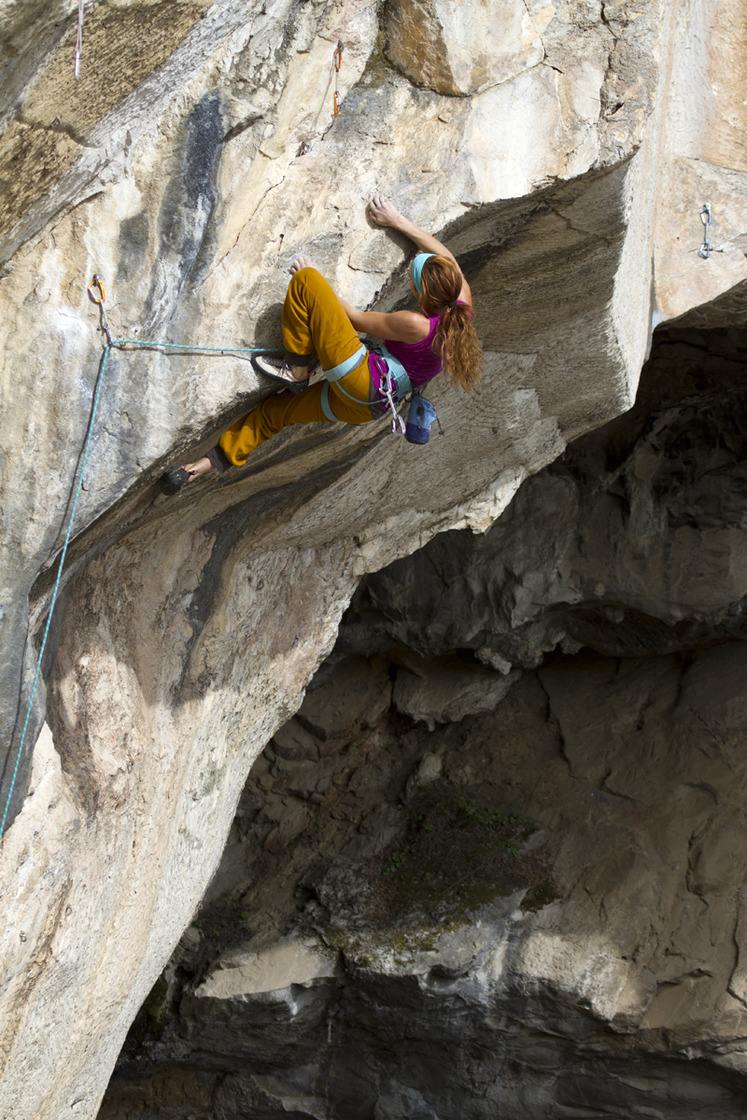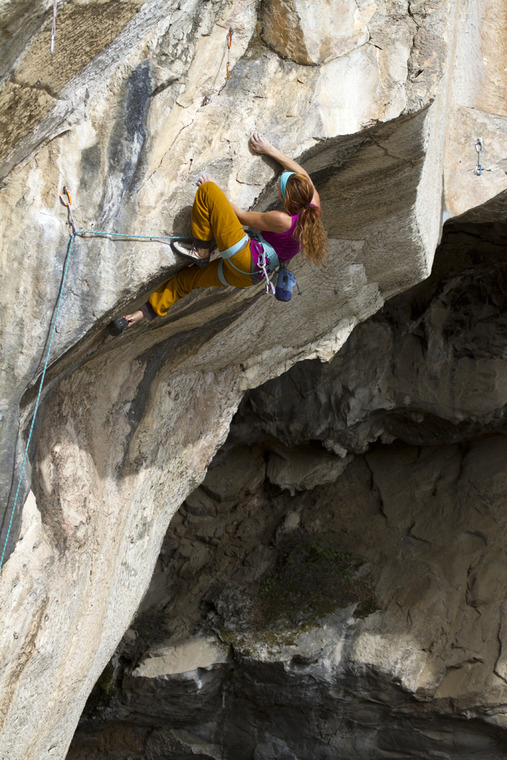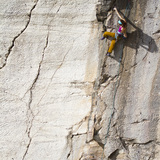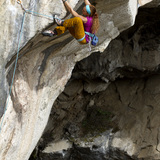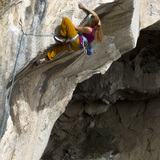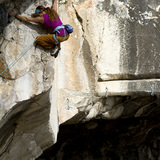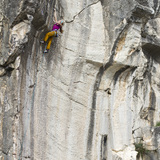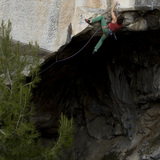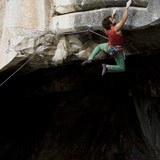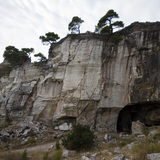“Spilia Daveli” (Daveli’s Cave in Greek) is one of the most important crags in Athens. The dominant sector “Spilia” is a steep 40m high wall of white marble next to the entrance of the cave, after which the crag is named. Two smaller sectors, “Damari” (Quarry) and “Ditikos Tihos”(West Wall), each with its own distinctive characteristics and different climbing, adorn the main sector.
What all sectors share in common is their origin, seeing as they are the result of marble extraction having started in ancient times and continuing in modern days. As a result, climbing in this area is very different from the climbing offered in the predominant Athenian limestone, since marble tends to form peculiar geometrical features and produce unusual moves.
Like the rest of Penteli’s crags, those three have zero access and are within close distance from the northern suburbs of Athens. They are therefore, a good choice for afternoon after-work climbing for those living nearby. The rock quality is superb and most routes have been climbed and cleaned extensively (with the exception of a few “Damari” routes which were opened on recently-quarried marble and are exposed to constant degradation).
Bolting style varies significantly according to sector. Damari is purely a sport climbing crag while in Ditikos Tihos most routes require trad gear. Spilia Daveli offers both climbing styles, although even sport routes are sometimes sparsely bolted. Due to the absence of corrosive environmental factors, most of the bolts are in good condition despite their age. Moreover, recent maintenance has righted some old wrongs.
In Ditikos Tihos all routes are not higher than 20m therefore a 60m rope is sufficient. However, in Daveli’s Cave and Damari, some routes are higher, therefore a 70m rope is necessary.
The altitude of the place (700m) offers a pleasant option for escaping the Athenian summer heat although marble tends to be slippery on hot humid days. During the winter, temperatures are usually lower compared to other crags although climbing is possible on sunny winter mornings.
